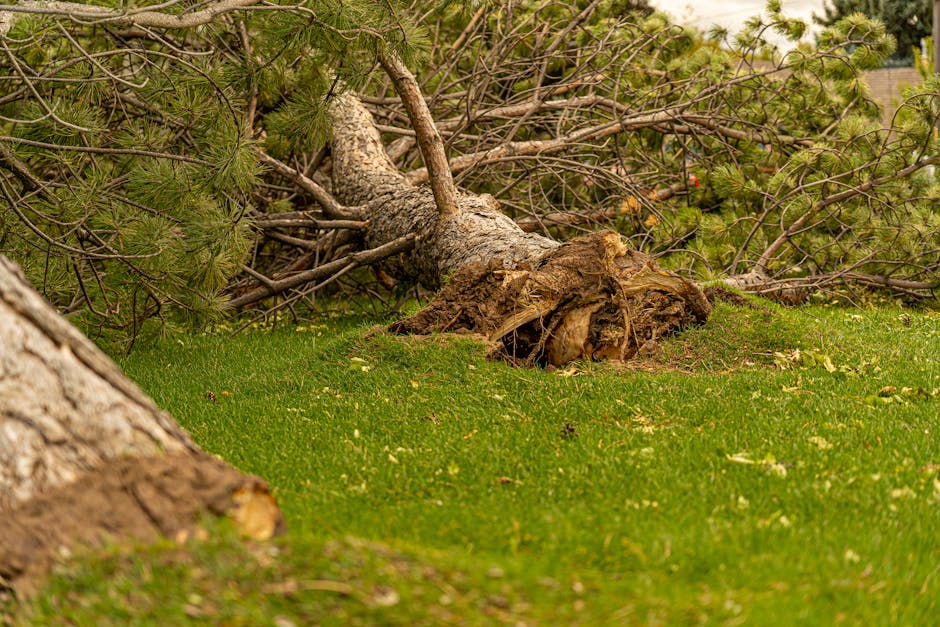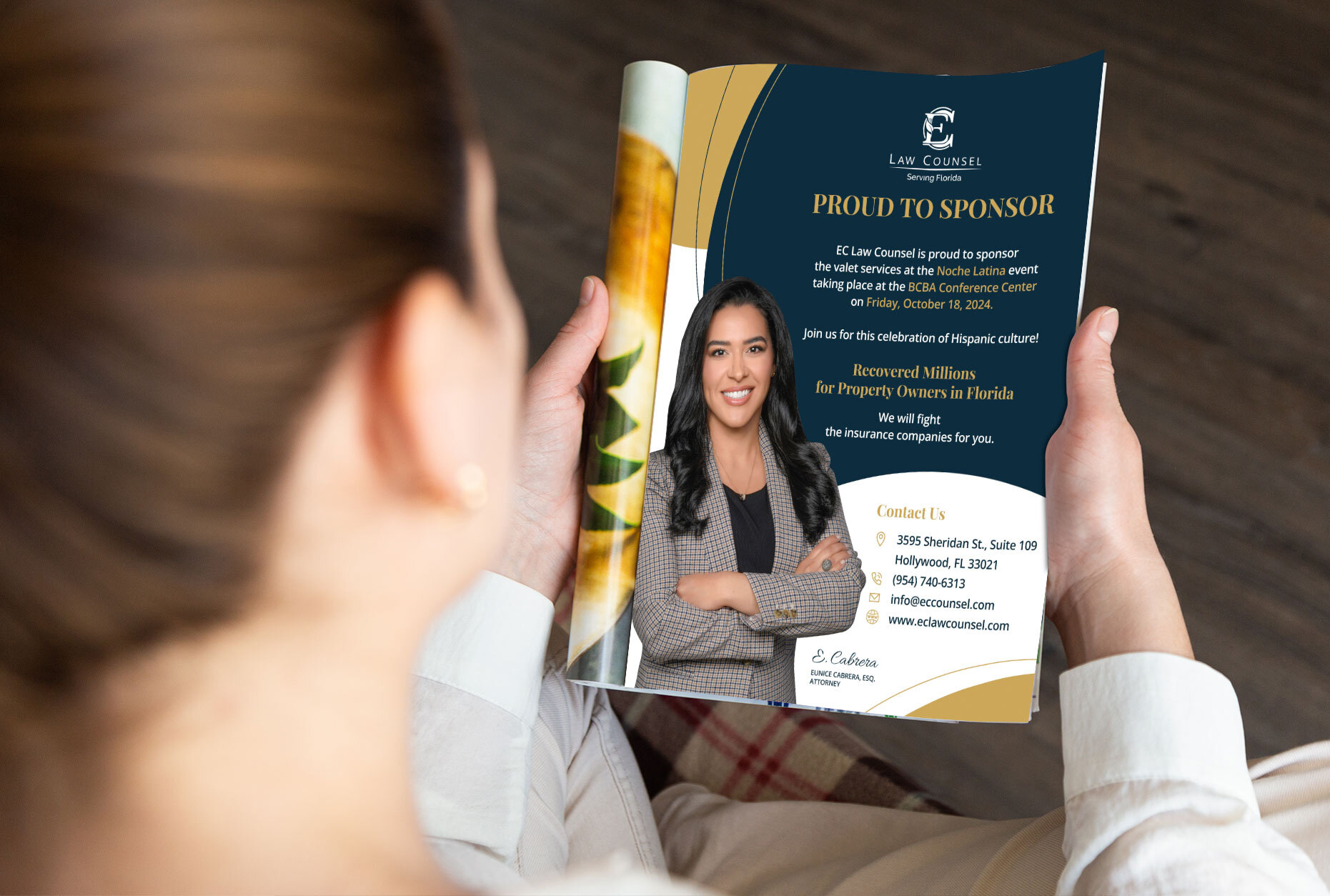Underinsured property damage occurs when the coverage limits in your insurance policy aren’t enough to cover the full extent of the damage to your property. This can leave property owners facing significant out-of-pocket expenses after a loss event such as a storm, fire, or accident.
- What it means: You have more damage than your insurance covers.
- Why it matters: It could cost you more money than expected.
- Next steps: Review your coverage and consider legal advice if needed.
In today’s unpredictable world, understanding underinsured property damage is crucial for property owners, especially those in areas like Florida where natural disasters are common. Whether it’s damage from a hurricane or a simple mishap, having the right insurance is essential to avoiding financial stress and ensuring peace of mind. With the help of professionals who know the ins and outs of insurance policies, you can steer these complexities and make informed decisions to safeguard your property.

Underinsured property damage word guide:
Understanding Underinsured Property Damage
What is Underinsured Property Damage?
Underinsured property damage happens when your insurance policy doesn’t cover the full cost of repairing or replacing your damaged property. This gap in coverage can leave you with hefty bills to pay out of pocket.
Think of it like this: You have insurance, but it’s not enough to cover the entire loss. This situation often arises because the coverage limits in your policy are set too low.

Examples of Underinsured Property Damage
Car Accidents: Imagine you’re in a car accident, and the at-fault driver doesn’t have enough insurance to cover the damage to your car. If your own policy doesn’t have sufficient underinsured motorist coverage, you might have to cover the difference yourself.
Home Repairs: Consider a scenario where a storm causes severe damage to your home. If your homeowner’s insurance has low coverage limits, you might find yourself paying a large portion of the repair costs.
High-Value Items: Items like jewelry, art, or electronics often have limited coverage under standard policies. If these items are damaged or stolen, the insurance payout might not fully cover their value, leaving you with a financial shortfall.
Coverage Limits and Financial Risks
Insurance policies come with coverage limits, which is the maximum amount your insurer will pay for a covered loss. If the cost of the damage exceeds these limits, you’re responsible for the remaining balance.
Financial Risks: The financial burden of being underinsured can be substantial. For instance, if your car requires $25,000 in repairs after an accident, but your policy only covers $15,000, you’ll need to pay the remaining $10,000 out of pocket.
In summary, understanding the potential for underinsured property damage is vital. It helps you prepare for unexpected expenses and ensures that your insurance policy provides adequate protection for your assets.
Next, we’ll explore the steps you can take when dealing with underinsured property damage to help minimize financial impact and stress.
Steps to Take When Dealing with Underinsured Property Damage
Immediate Actions
When faced with underinsured property damage, quick and decisive action is crucial. Start by ensuring everyone’s safety. If you’re in a car accident, check for injuries and call 911 if needed. For home damage, make sure the area is safe to enter.
Once safety is secured, report the incident. This means contacting the police for accidents or notifying emergency services for home-related incidents. An official report is often required by insurance companies for claims.
Conduct an initial assessment to understand the extent of the damage. This will help when speaking with your insurer.
Documenting the Damage
Thorough documentation is key. Take clear photos and videos of all damages. Capture wide shots for context and close-ups for detail. For car accidents, include all angles of the vehicles involved and any relevant road conditions.
Keep all receipts and estimates related to repairs or replacements. If your home is damaged, document any temporary repairs you make to prevent further damage, like boarding up windows or tarping a roof.
Having a detailed record can significantly strengthen your insurance claim.
Contacting Your Insurance Company
Once you have documented the damage, contact your insurance company to start the claims process. Be prepared to provide them with all the information you have gathered, including photos, videos, and receipts.
Ask them about the specific documents they require and any forms you need to fill out. Keep a record of all communications with your insurer, including dates, times, and the names of representatives you speak with.
Follow up regularly to ensure your claim is progressing. Persistence can sometimes make a big difference in the speed and outcome of your claim.
Seeking Legal Advice
If you’re struggling with underinsured property damage and your insurance isn’t covering enough, it might be time to seek legal advice. Contact a legal firm like EC Law Counsel, which can help you understand your options and pursue compensation.
Legal experts can guide you through complex insurance policies and help negotiate with insurers. They can also represent you in court if necessary, ensuring you have the best chance of receiving the compensation you deserve.
Dealing with underinsured property damage can be overwhelming, but taking these steps can help you manage the situation effectively and minimize financial strain.
How to Prevent Being Underinsured
Reviewing Your Insurance Policy
Understanding your insurance policy is the first step to prevent being underinsured. Start by reviewing your policy’s coverage limits and exclusions. Coverage limits are the maximum amounts your insurer will pay for a covered loss. If these limits are too low, you might end up paying out of pocket for damages.
Exclusions are specific situations or items not covered by your policy. Make sure you know what these are so you’re not caught off guard. For example, some policies might not cover certain natural disasters or high-value items.
Consider adding endorsements to your policy. Endorsements are additional coverages that can fill gaps in your policy. For example, if you have valuable jewelry, you might need an endorsement to cover its full value.
Increasing Your Coverage
Once you understand your current policy, consider increasing your coverage. This might mean raising your coverage limits or purchasing additional policies.
Higher limits can protect you from unexpected costs. For instance, if your current limit for property damage is $50,000, but your home is worth much more, you might want to increase this limit.
Think about adding additional policies if necessary. If your area is prone to floods or earthquakes, you might need separate policies for these events, as they’re often not covered by standard home insurance.
Regular Policy Updates
Insurance needs change over time, so it’s important to update your policy regularly. Conduct an annual review of your insurance to ensure it still meets your needs.
Life changes, like getting married or having a child, can affect your insurance needs. Similarly, property updates, such as renovations or installing a pool, can change the value of your home and require adjustments to your coverage.
Keeping your insurance policy up to date ensures that you have adequate protection and reduces the risk of being underinsured. By staying proactive, you can avoid financial surprises and ensure peace of mind.
Frequently Asked Questions about Underinsured Property Damage
What is Property Damage Coverage in Insurance?
Property damage coverage is part of an insurance policy that pays for damage to someone else’s property. It kicks in when you’re at fault in an accident. Think of it as a safety net that helps cover the costs of repairs or replacements.
However, it’s important to note that exclusions exist. For instance, certain natural disasters might not be covered. Always check your policy to understand what’s included and what’s not.
What Does It Mean to Be Underinsured on a Claim?
Being underinsured means your insurance coverage isn’t enough to cover the full costs of a claim. Imagine your car is worth $30,000, but your policy only covers $20,000. In case of a total loss, you’d have to pay the $10,000 difference out of pocket.
This situation can arise in various scenarios, like car accidents or home repairs. It’s crucial to ensure your coverage limits match the potential costs you might face.
What Are the Risks of Being Underinsured?
The risks of being underinsured are significant. Financially, it can be devastating if you face high costs after an accident or disaster. You might need to cover emergency repairs yourself, which can strain your finances.
Moreover, being underinsured can lead to policy cancellation. If your insurer deems you a high risk due to frequent underinsured claims, they might cancel your policy or increase your premiums.

To avoid these risks, regularly review your insurance needs and adjust your coverage accordingly. This proactive approach can save you from unexpected financial burdens and ensure you’re adequately protected.
Conclusion
In summary, underinsured property damage is a risk that can lead to significant financial strain if not addressed properly. It’s crucial to understand your insurance coverage and ensure it aligns with potential costs you might face. This means regularly reviewing your policy, understanding its limits, and considering additional coverage options if necessary.
Adequate coverage is not just about meeting minimum requirements. It’s about safeguarding your financial future and ensuring peace of mind. Whether it’s protecting your home, car, or valuable possessions, having the right insurance can make a world of difference.
At EC Law Counsel, we understand the complexities of insurance policies and claims. Our team, with its background as former insurance adjusters and underwriters, is well-equipped to help you steer these challenges. We focus on recovering compensation for insurance claims, ensuring you get the settlement you deserve without unnecessary delays.
If you find yourself dealing with underinsured property damage, don’t hesitate to reach out to us for guidance. We’re here to help you every step of the way, ensuring you’re not left to deal with these issues alone. Protecting your assets and securing your financial future is our priority.





